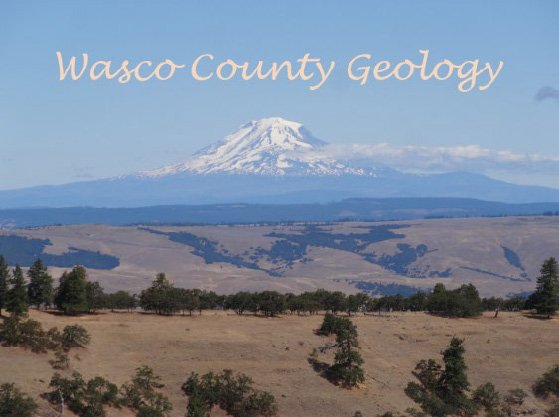Mt. Lassen – a Geological Must-See
/GSOC Friday night lecture, February 13, 2015, given by Dr. Scott Burns, professor emeritus, Portland State University, entitled " Mt. Lassen National Park – A 'Must See' Site for Geologists "
Synopsis by Kyle Dittmer
About 100 of us gathered in Cramer Hall 53 to hear very knowledgeable geologist Dr. Scott Burns talk about his newest adventure – first trip to Mt. Lassen National Park. This active volcano, the southernmost in the Cascade Mountains, last erupted in 1916. The mode of eruptions seems to be bi-modal – either quiet or violent. The volcano was named after Danish immigrant Peter Lassen who was a local blacksmith. The LA Times recently wrote that Mt. Lassen was California’s “most overlooked volcanic park” with only 400,000 visitors per year, as compared with Yosemite’s 4-million visitors per year.
The geology of Mt. Lassen is complicated, being near the edge of the Sierra-Nevada Range. Unlike the Cascades, the Sierras were formed during the Nevadan Orogeny over 100-million years ago. Much granite formed deep underground. The Sierras underwent uplift 2-3 million years ago and has been sculpted by Pleistocene glaciers. Field studies suggest that although one may expect the granites of the Sierras to be beneath the Mt. Lassen magma chamber, we have yet to find this evidence.
Soda Lake fed by Carbonated Springs in Glacial Valley
The tectonic subduction of the Gorda Plate, very close to the northern California coast, is the driver of the southern Cascade volcanoes. Mt. Tehama was a large composite volcano that erupted over 1-million years ago, erupted violently 30,000 years ago, then formed a caldera on its internal collapse. Mt. Tehama would serve as the base for the newly emerging Mt. Lassen about that time and formed on the northeast slope of Mt. Tehama. The lakes are formed due to lava flows damming and/or diverting the local streams. There are tarns and some deep lakes, such as Soda Lake.
Dacite lava spines on the side of Lassen Peak
Mt. Lassen’s origin began 5-million years ago as new volcanic activity was increasing. The Willow Creek Basalt, a major event, was 3-million years old. Andesite was flowing at 2-million years ago as seen at Juniper Lake. The Lava River Basalt flowed at 1.8 million years ago. By 100,000 years ago, four shield volcanoes had formed – Raker Peak (north), Prospect Peak (NE), Red Mountain (south-central), and Mt. Harkness (SW). Glaciation occurred during 25,000 – 15,000 years ago.
Mt. Lassen, at 10,457 feet elevation, is the largest volcanic dome in the world. The primary rock is dacite, although flows of basalt and andesite have added to the complex rock mosaic.
Bumpass Hell
There are four craters in the summit that formed in 1917, 1915-16, 1914-15, and pre-1914. There were 400 eruptions during 1914-17. The May 22, 1915 eruption was a great event with ash plumes and lahars. Bumpass Hell is a 16-acre geothermal area of boiling springs, mud-pots, and fumaroles. We see hydrothermal alternation of some of the andesite. Sulfur Works had a community bathhouse since 1865, driven by hot springs. Cinder Cone (10-miles NE) was formed by two basalt eruptions (1850s) building up to 750 feet and is perfectly preserved. Diatoms (algae), which look like white dust, can be found near the edge of the basalt flows.
The Cascade Volcano Observatory does monitor the area, but Mt. Lassen is not active now and probably dormant. He did point out that since Mt. Lassen is an active geothermal area then the magma chamber is active and close to the surface.
Dr. Burns raved about the beautiful ponderosa pine forest that surrounds the volcanoes, which just adds to the majestic beauty of the area. He ended with a good quote, “This park has everything that a geologist could wish for – shield volcanoes, cinder cones, calderas, composite cones, domes, geothermal areas, and great biology!” We enjoyed Prof. Burns’ presentation. He took on many questions afterwards then we retreated to the PSU Geology Office for a reception of yummy treats.





























































